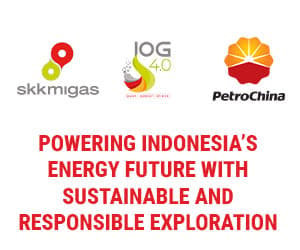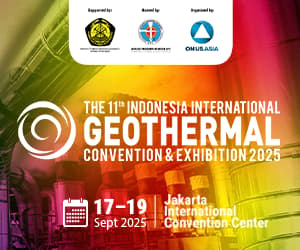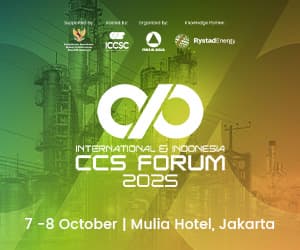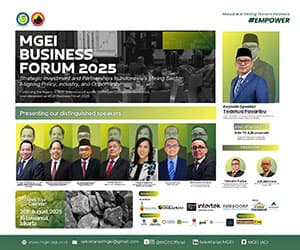By Raymond Hendriawan
State-owned electricity company PT Perusahaan Listrik Negara (PLN) continues to explore sustainable power generation through ammonia co-firing pilot projects—an important step in Indonesia’s ongoing energy transition. Recent updates on these efforts were shared by M. Alhaqurahman Isa, Coordinator for Services and Supervision of Various Renewable Energy Businesses at the Ministry of Energy and Mineral Resources, during the Green Hydrogen and Power-to-X (PtX) Training hosted by GIZ Indonesia.
The first ammonia co-firing pilot project, located at the Keramasan Combined Cycle Gas Turbine (CCGT) power plant in South Sumatra, aimed to test the viability of using ammonia as a supplementary fuel. This project received support from Japan's Mitsubishi Heavy Industries (MHI) and involved a 40 MW unit of the plant, which was selected for ammonia co-firing testing at a concentration range of 1-3%.
The ammonia used in this project was supplied by fertilizer firm PT Pupuk Sriwijaya. Feasibility studies for the project began in 2022, with initial optimism surrounding the reduction of carbon emissions by replacing a portion of traditional fuels with ammonia. However, despite the completion of the trial, the project was recently deemed “not feasible,” although the exact reasons were not disclosed.
Read also : PLN plans hydrogen, ammonia co-firing in power plants
A second pilot project, located at the Gas-Fired Steam power plant in Gresik, East Java, was also pursued with support from Japan’s IHI Corporation. This power plant, with a total capacity of 2269 MW, tested ammonia co-firing at a 1-3% concentration, but with a larger testing capacity of 100 MW. Ammonia for this project was supplied by fertilizer firm PT Petrokimia Gresik.
Similar to the Keramasan project, feasibility studies for the Gresik ammonia co-firing trial began in 2022. However, despite the successful execution of the pilot project, it was also deemed “not feasible” in the latest update, mirroring the fate of the Keramasan project. The reasons behind this decision remain unspecified, leaving many in the industry to wonder about the challenges faced during the trials.
While both pilot projects were completed as planned, the feasibility concerns raise questions about the economic viability of ammonia co-firing at scale. Although ammonia is viewed as a promising solution for reducing carbon emissions from power generation, the high cost of green ammonia production remains a major hurdle.
Further, the feasibility studies from 2022 indicated that the trial partners were exploring the development of a full supply chain for green ammonia-based power generation. Despite these efforts, scaling up green ammonia production and integrating it into the existing power infrastructure is a complex and expensive undertaking that remains unproven at commercial scale.
Editing by Reiner Simanjuntak














